Your Cart is Empty
Free Shipping over $150 (Excludes Oversized Products)
Free Shipping over $150 (Excludes Oversized Products)
Sanding Belts
Sanding Discs

The Anvil: What It Is & How To Use It
by David Kranker 7 min read

Quick Summary
Anvils have been used for centuries to shape, flatten, and cut metal, making them indispensable in blacksmithing and other trades requiring metal manipulation. Mastering the use of an anvil involves learning various techniques and having the right complementary tools. Anvils come in different types, including blacksmith’s anvils for general tasks, farrier’s anvils for shoeing horses, and jeweler’s anvils for fine metalwork. Selecting the right anvil based on size, weight, and material and using high-quality abrasives can enhance the quality of metalworking projects.
Anvils have been used for centuries to shape, flatten, and cut metal. Even today, this simple yet powerful tool is a staple in blacksmithing and many other trades that require the manipulation of metal. An anvil's robust construction allows it to withstand repeated hammer blows, making it indispensable for tasks that involve forging and bending metal.
Mastering the use of an anvil involves not only learning various techniques but also ensuring you have the right complementary tools. At Red Label Abrasives, we manufacture a wide range of industrial abrasives designed to finish and smooth metal surfaces after they have been shaped on an anvil. Whether you are working on intricate metal pieces or larger industrial projects, our abrasives provide the perfect finishing touch to the work done on your anvil.
What is an Anvil?
An anvil is a heavy, solid block of iron or steel with a flat top and variously shaped protrusions. It is used as a surface for hammering, shaping, and cutting metal for a wide range of projects, from horseshoes to swords and tools.
Anvils have been a vital tool in metalworking for centuries, with their use dating back to ancient civilizations. Historically, anvils were made of stone before evolving into the metal versions we are familiar with today. Their durability and versatility have made them an essential tool in blacksmithing and other trades involving metalwork.
Anvils have several distinct parts, each serving a specific purpose:
- Face:The flat top surface of the anvil where most hammering takes place. This surface needs to be smooth and hard to withstand the impact of repeated hammer strikes, ensuring consistent and precise shaping of metal.
- Horn:A conical projection used for bending and shaping metal. It is typically rounded and tapers to a point, making it ideal for creating curves and intricate shapes that are difficult to achieve on the flat face of the anvil.
- Hardy Hole:A square hole in the anvil's face that holds various tools and accessories, such as hardy cutters and bending jigs.
- Pritchel Hole: A smaller, round hole used for punching holes in metal. This hole is particularly useful for tasks such as creating bolt holes or other openings in metal pieces, providing a convenient way to add functionality to metal components.
There are different types of anvils designed for specific applications:
- Blacksmith's Anvil: The most common type, the blacksmith’s anvil is used for general metalworking tasks. It features a large face, horn, and both hardy and pritchel holes, making it versatile for shaping, cutting, and punching metal.
- Farrier's Anvil: Designed specifically for shoeing horses, this anvil has a rounded horn and features that make it easier to shape horseshoes. Its specialized design helps farriers create shoes that fit comfortably and securely on horses' hooves.
- Jeweler's Anvil: Smaller and more delicate, these anvils are used for fine metalworking tasks such as crafting jewelry. They typically lack a horn and have a smooth, flat face suitable for precision work, allowing jewelers to create intricate and detailed pieces with accuracy.
The Role of Anvils in Metalworking
Anvils serve as a stable and durable surface against which metal can be hammered and manipulated. The solid construction of an anvil absorbs the impact of hammer strikes, allowing the metalworker to control the shape and structure of the metal being worked on. The flat face of the anvil provides a smooth surface for general hammering, while the horn and holes offer additional functionality for specialized tasks.
Common tasks performed on an anvil include:
- Shaping Metal:Metalworkers use the horn of the anvil to bend and curve metal pieces. The horn is particularly useful for creating rounded shapes and angles, as its tapered, conical design allows for smooth, gradual bends. This process is essential for tasks such as forming hooks, rings, and other curved items. By heating the metal to make it more pliable, metalworkers can manipulate it into the desired shape with precision and control.
- Flattening Metal:The flat face of the anvil is used to flatten metal pieces. By hammering the metal on this smooth, hard surface, metalworkers can smooth out imperfections, achieve a uniform thickness, and ensure that the metal is level and even. This task is fundamental in preparing metal for further shaping or joining processes, as a flat, even surface is often required for accurate assembly and fitting.
- Cutting Metal: The hardy hole in the anvil is designed to hold various cutting tools, such as hardy cutters. To perform this task, metalworkers place the metal piece over the hardy cutter, which is securely held in the hardy hole, and strike it with a hammer to achieve a clean, precise cut. This process is essential for cutting metal to specific lengths or shapes required for different projects.
- Punching Holes:The pritchel hole on the anvil allows metalworkers to punch holes in metal. A pritchel, or punch tool, is placed over the hole, and the metalworker strikes it with a hammer to create openings in the metal. This technique is particularly useful for tasks such as creating bolt holes, rivet holes, or other necessary openings in metal pieces.
How to Use an Anvil
When you’re setting up your workspace, place the anvil on a stable, solid surface. (A heavy-duty workbench or a sturdy anvil stand is ideal.) Ensure that it is securely fastened to prevent movement during use. Be sure to position the anvil at the correct height: the face should be level with your knuckles when your arm hangs naturally at your side. This height reduces strain and improves control.
Safety tips for working with an anvil include:
- Always wear safety glasses, gloves, and appropriate footwear to protect yourself from sparks, metal fragments, and heavy tools.
- Keep your workspace clean and organized to avoid tripping hazards and ensure you can find your tools quickly.
- Ensure your workspace is well-lit to see clearly and avoid accidents.
- Regularly inspect your anvil, hammer, and other tools for signs of wear or damage. Replace or repair any damaged equipment to maintain safety.
When you’re ready to begin, hold the hammer firmly and strike the metal on the face of the anvil with smooth, even blows. Move the metal piece as needed to shape it correctly. For bending, position the metal over the horn and hammer it to achieve the desired bend. For cutting, place the metal piece over the hardy cutter in the hardy hole and strike it with a hammer to cut it cleanly.
Maintenance and Care of Your Anvil
Proper maintenance and care are essential to ensure the longevity and performance of your anvil. You should clean it after each use to remove metal shavings, dust, and debris, and use a wire brush or a cloth to wipe down the surface. Apply a light coat of oil to the anvil's face to prevent rust and keep it in good condition. When not in use, store your anvil in a dry place to prevent rust and corrosion, and cover it with a cloth or a protective cover to keep dust and moisture away.
By keeping your anvil clean, you prevent the build-up of debris that can interfere with your work and cause unnecessary wear. Routine inspections also help you identify and address any issues early, ensuring that your anvil remains a reliable tool in your workshop.
Over time, your anvil may show signs of wear and tear. Minor dents can be smoothed out using a file or a grinding wheel, but for more significant dents, you may need to have the anvil surface professionally resurfaced. If rust appears, remove it immediately using a wire brush or sandpaper and then apply a coat of oil to protect the metal.
Choosing the Right Anvil for Your Needs
For optimal metalworking results, you should select the right anvil. Here are some key factors to consider when choosing an anvil, along with recommendations based on different applications.
- Size:The size of the anvil should match the scale of your projects. Smaller anvils (50-100 pounds) are suitable for light work and portability, while larger anvils (100-200 pounds or more) are better for heavy-duty tasks and provide stability during use.
- Weight: Weight affects the stability and ease of use. Heavier anvils provide a more stable working surface and absorb more impact, reducing rebound and allowing for more efficient hammering. However, they are less portable.
- Material:Anvils are typically made from cast iron, cast steel, or forged steel. Forged steel anvils are the most durable and provide the best performance for heavy-duty metalworking. Cast iron anvils are less expensive but may not withstand heavy use as well as steel anvils.
Below are some recommendations based on different applications and industries:
- Blacksmithing:For general blacksmithing, a forged steel anvil weighing between 100-150 pounds is ideal. This provides a balance of stability and maneuverability for tasks such as forging tools and hardware.
- Farriers: Farriers should consider a farrier's anvil, which typically features a rounded horn and specific shapes suited for horseshoeing. A weight range of 70-120 pounds provides enough stability for shaping horseshoes.
- Jewelry Making: Jewelers require smaller anvils with a smooth, flat face for precision work. A jeweler's anvil weighing between 5-15 pounds is suitable for tasks like forming and shaping small metal pieces.
- Heavy Industrial Use: For heavy industrial applications, a larger anvil (150-200 pounds or more) made from forged steel is recommended. These anvils can handle significant impact and provide a stable surface for large-scale metalworking projects.
Get Your Metalworking Abrasives at Red Label Abrasives
Choosing and using the right anvil is essential for any metalworking project, whether you're a blacksmith, farrier, jeweler, or industrial worker. By understanding the different types of anvils and how to maintain them, you can ensure your tools last longer and perform better. Incorporating high-quality abrasives will further enhance your metalworking results by providing a smooth, polished finish.
Red Label Abrasives manufactures a wide range of industrial-grade sanding sheets, sanding belts, sanding discs, and other materials designed to work seamlessly with anvils and other metalworking tools. These abrasives are durable and efficient, allowing for a smooth, professional finish on any metalworking project. To learn more or place an order, please contact us by calling 844-824-1956 or filling out our contact form today. ABOUT THE AUTHOR
David Kranker is a writer and creative maker who has been covering the abrasive and knife-making industries on the Red Label Abrasives Blog since 2020. David spends his time continually researching sanding and bladesmithing to provide readers with the latest and greatest information. In his free time, David utilizes abrasives for many different home and auto projects at his home in Delton, MI.
Belt Packs Made For Knife Makers
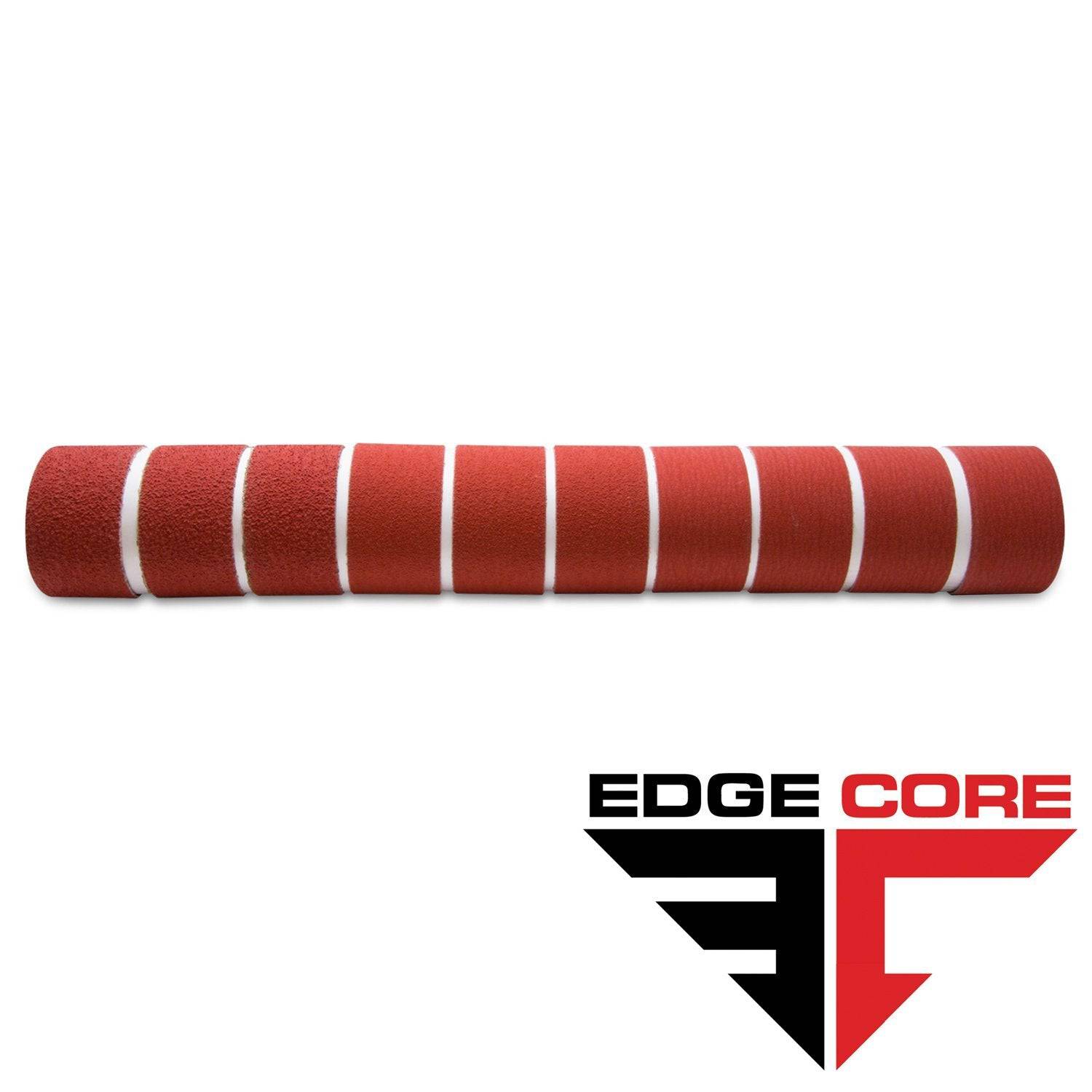
2 X 72 Inch Knife Makers Sanding Belts Assortment
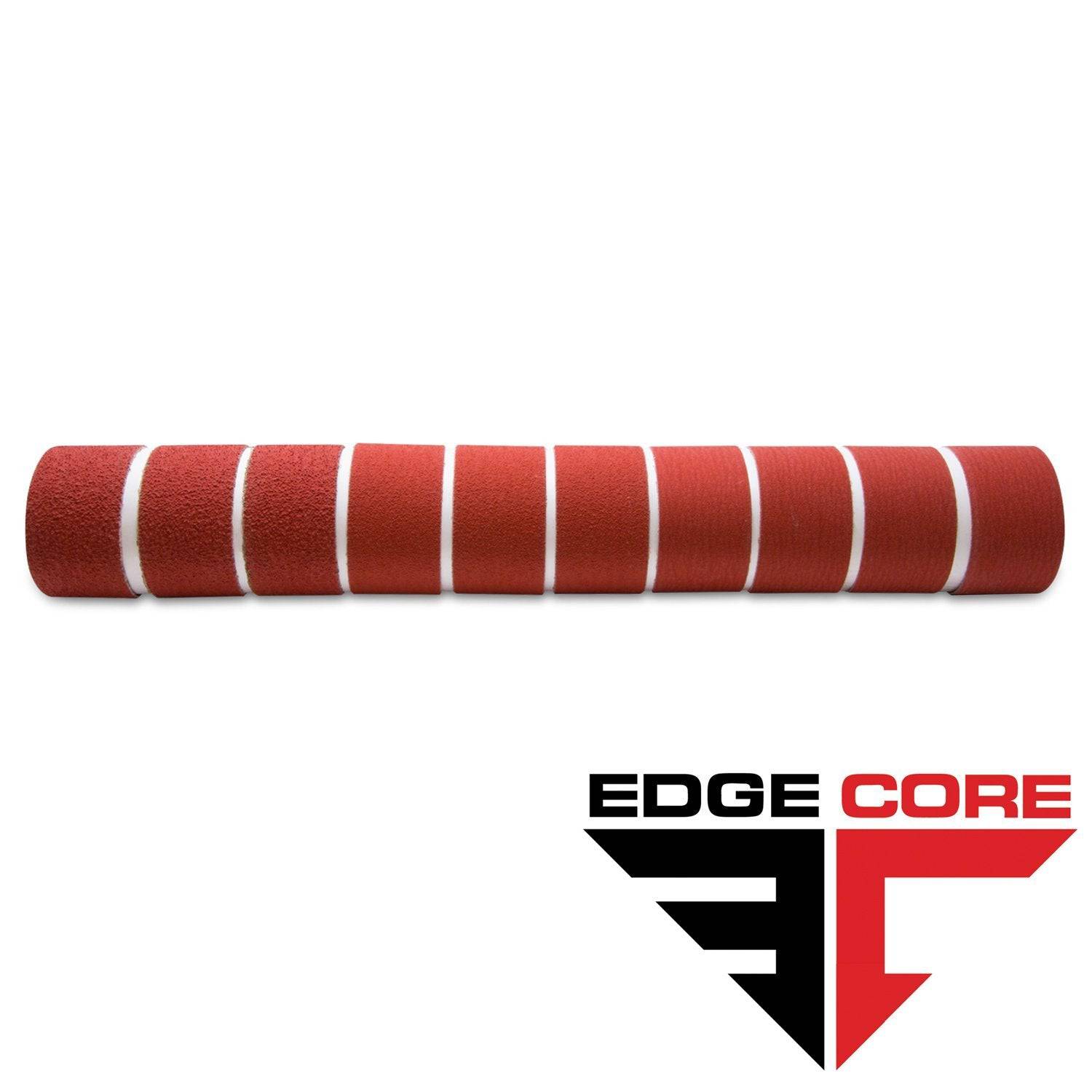
2 X 60 Inch Knife Makers Sanding Belts Assortment
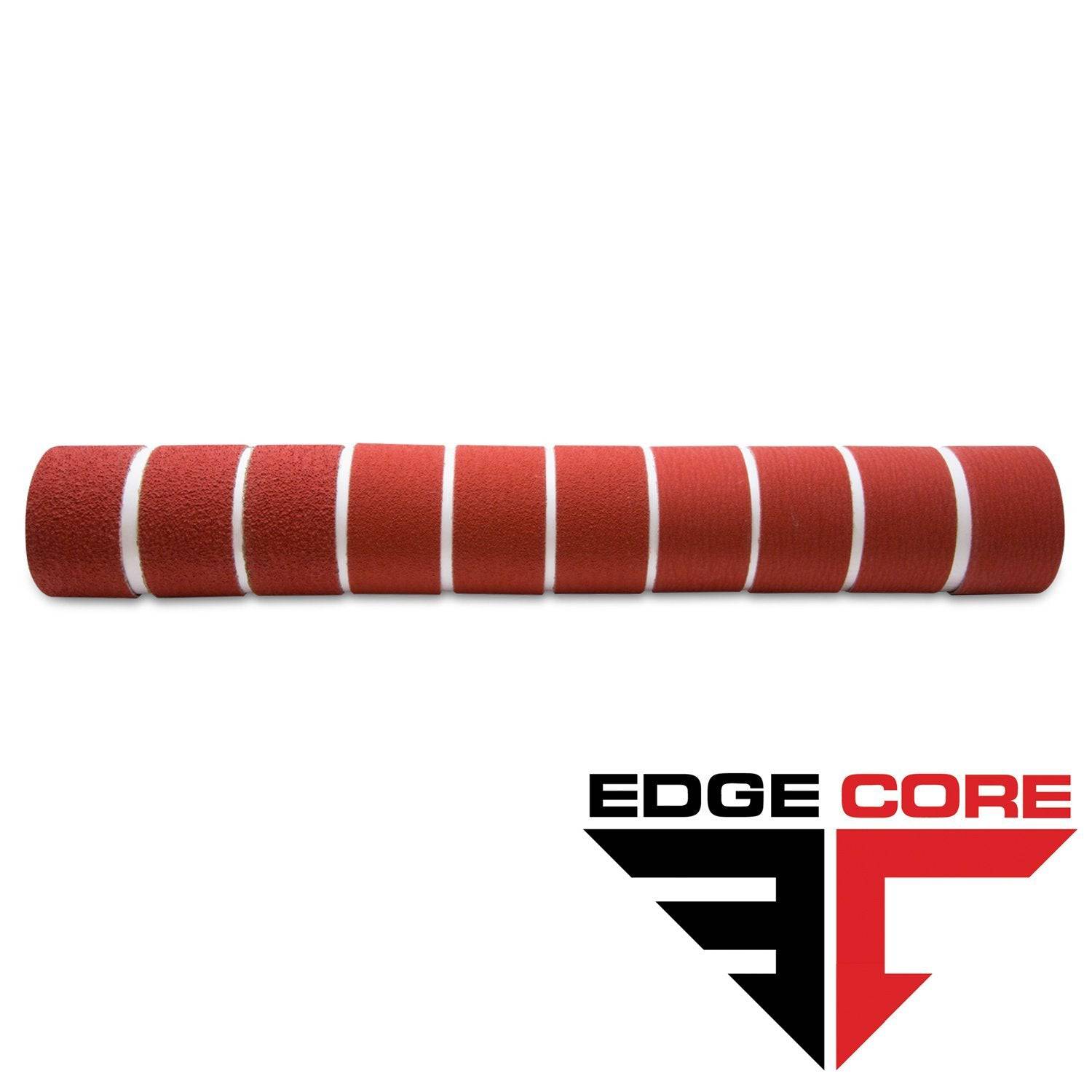
2 X 48 Inch Knife Makers Sanding Belts Assortment
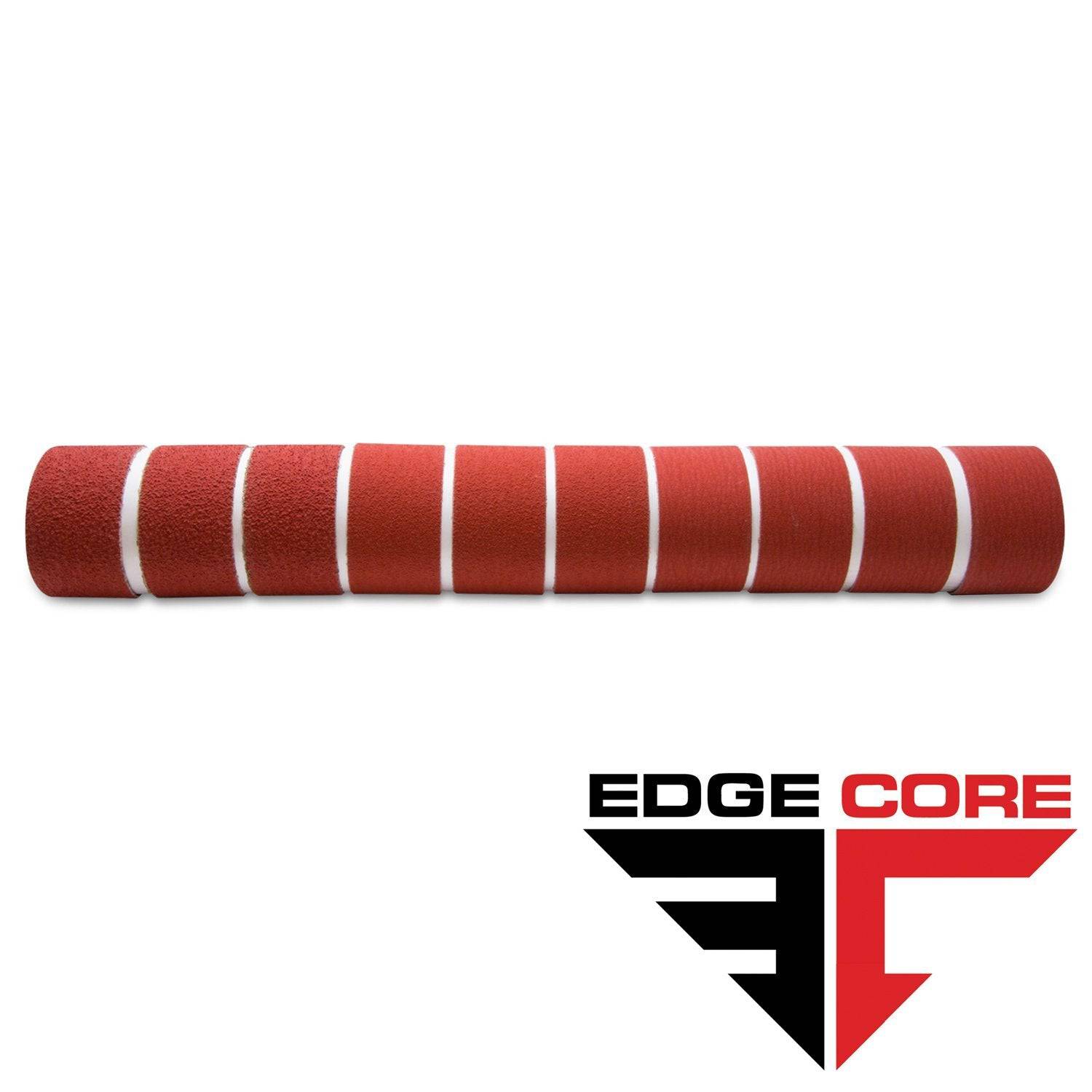
2 X 36 Inch Knife Makers Sanding Belt Assortment
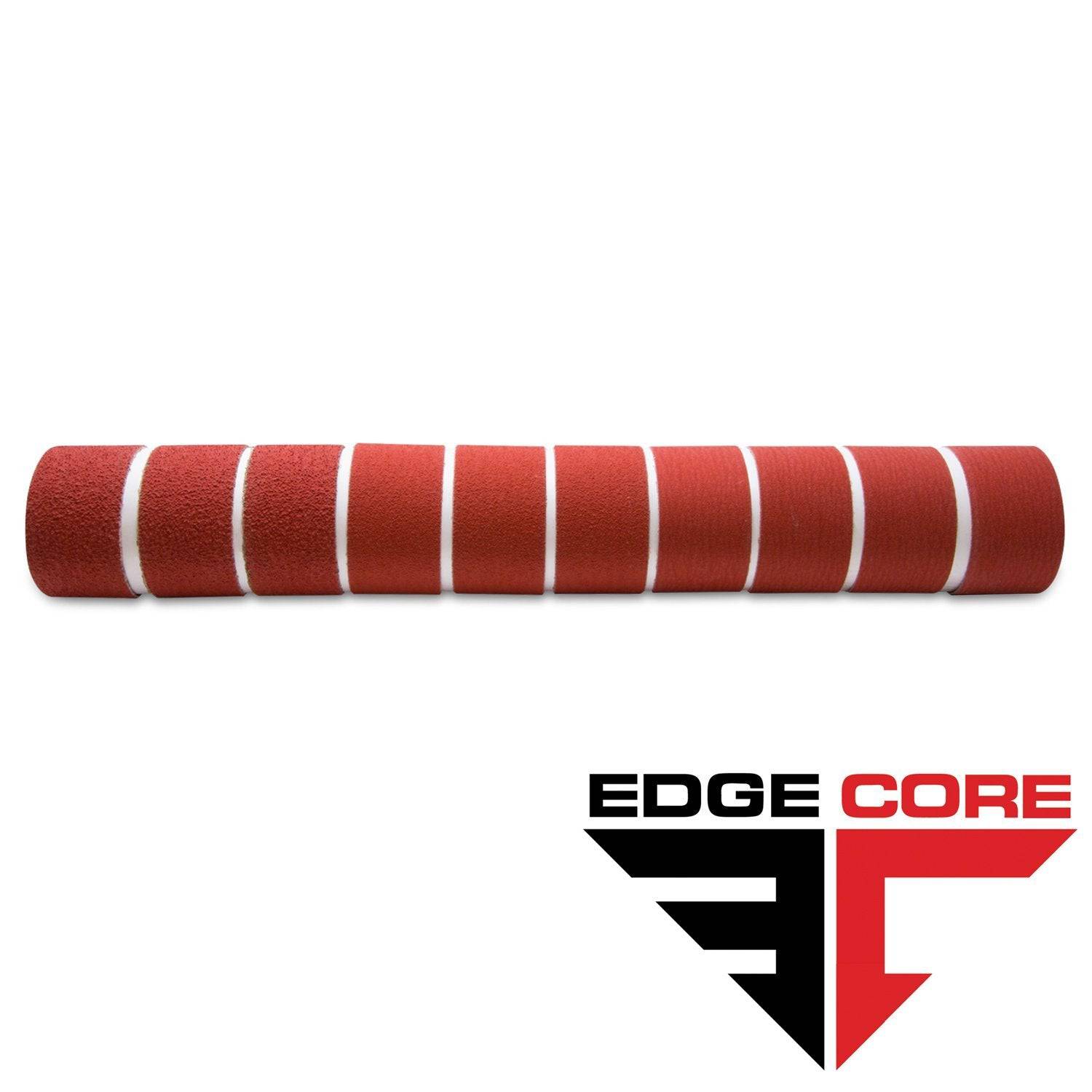
2 X 42 Inch Knife Makers Sanding Belts Assortment
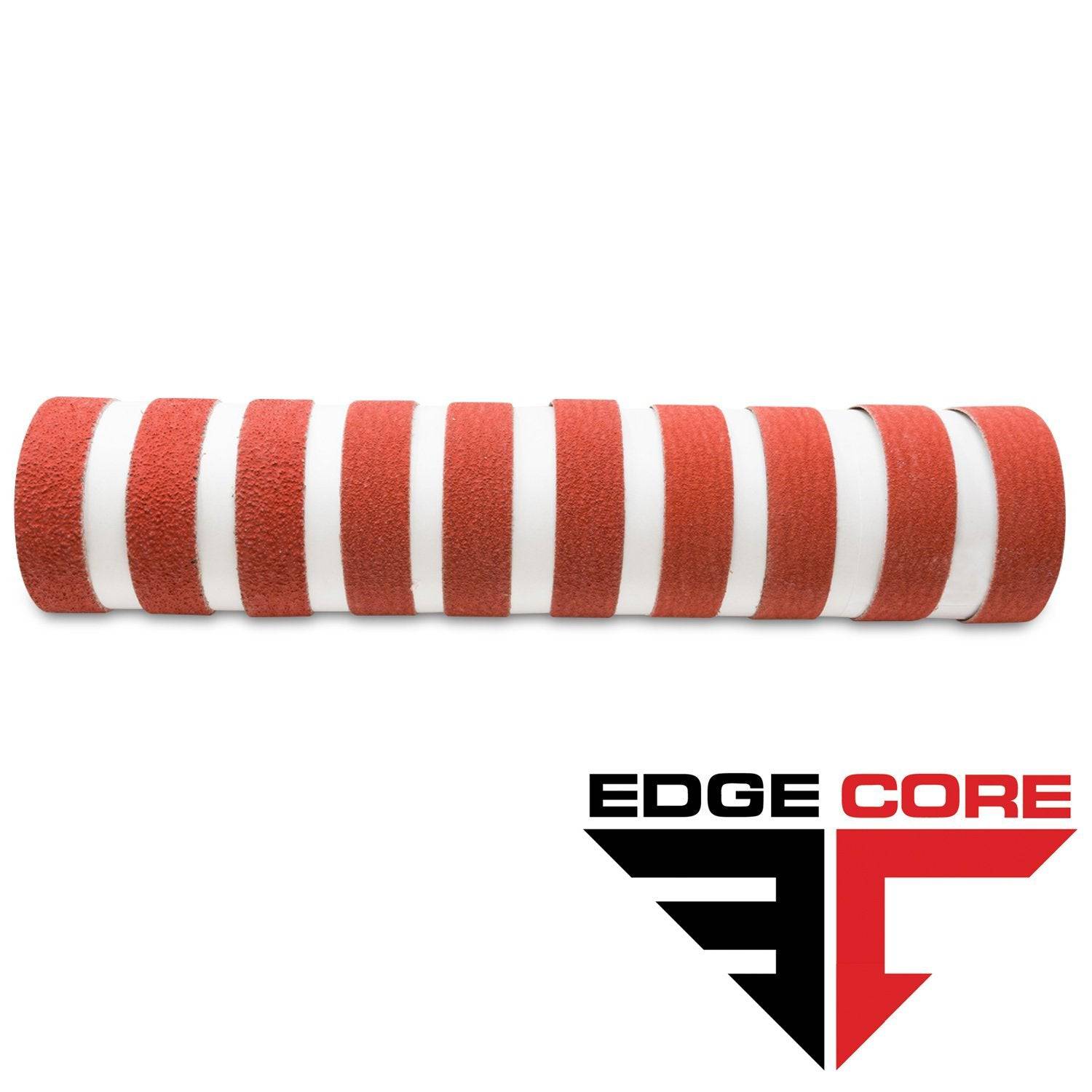
1 X 30 Inch Knife Makers Sanding Belts Assortment
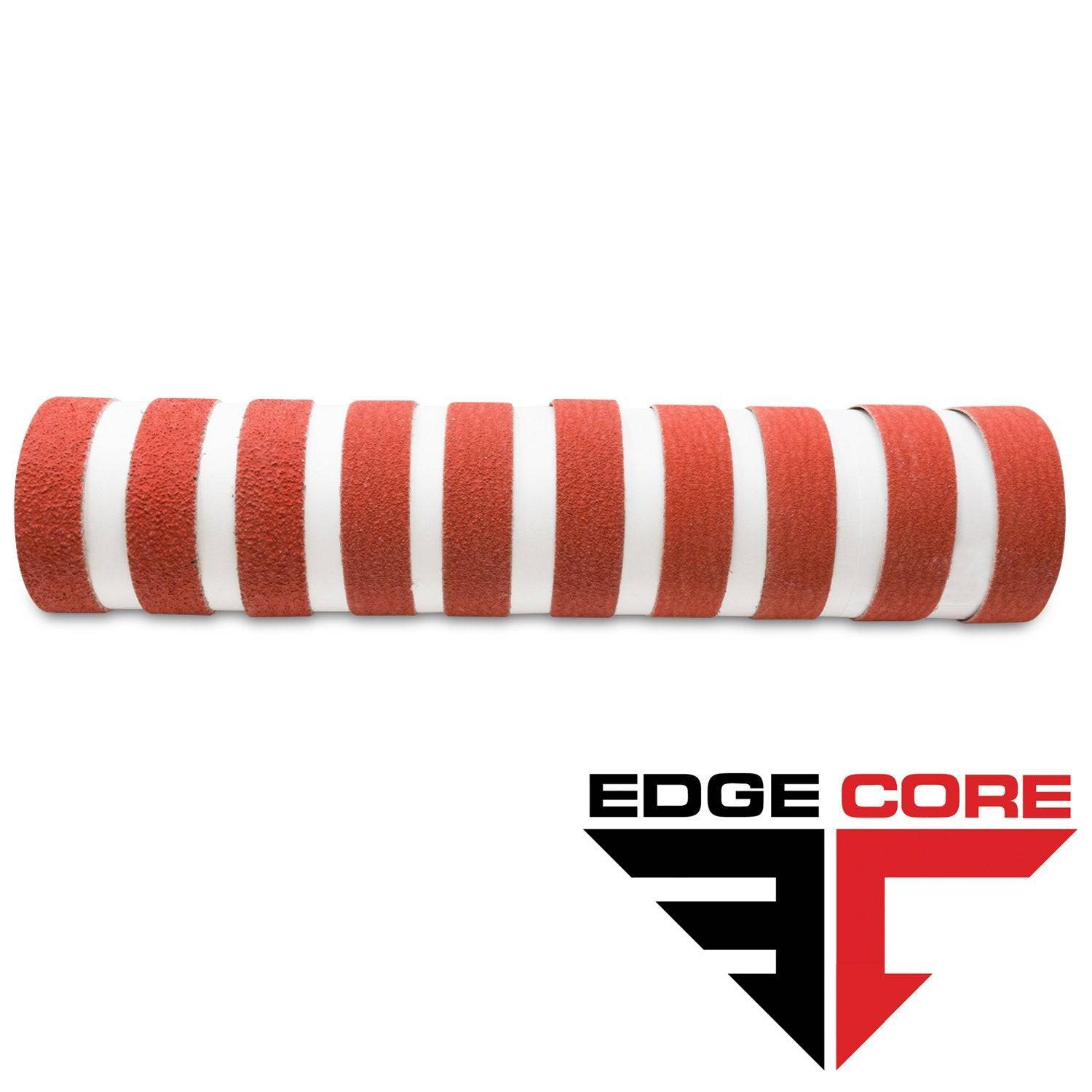
1 x 42 Inch Knife Makers Sanding Belt Assortment
Shop By Product Category





Why Choose Red Label?







